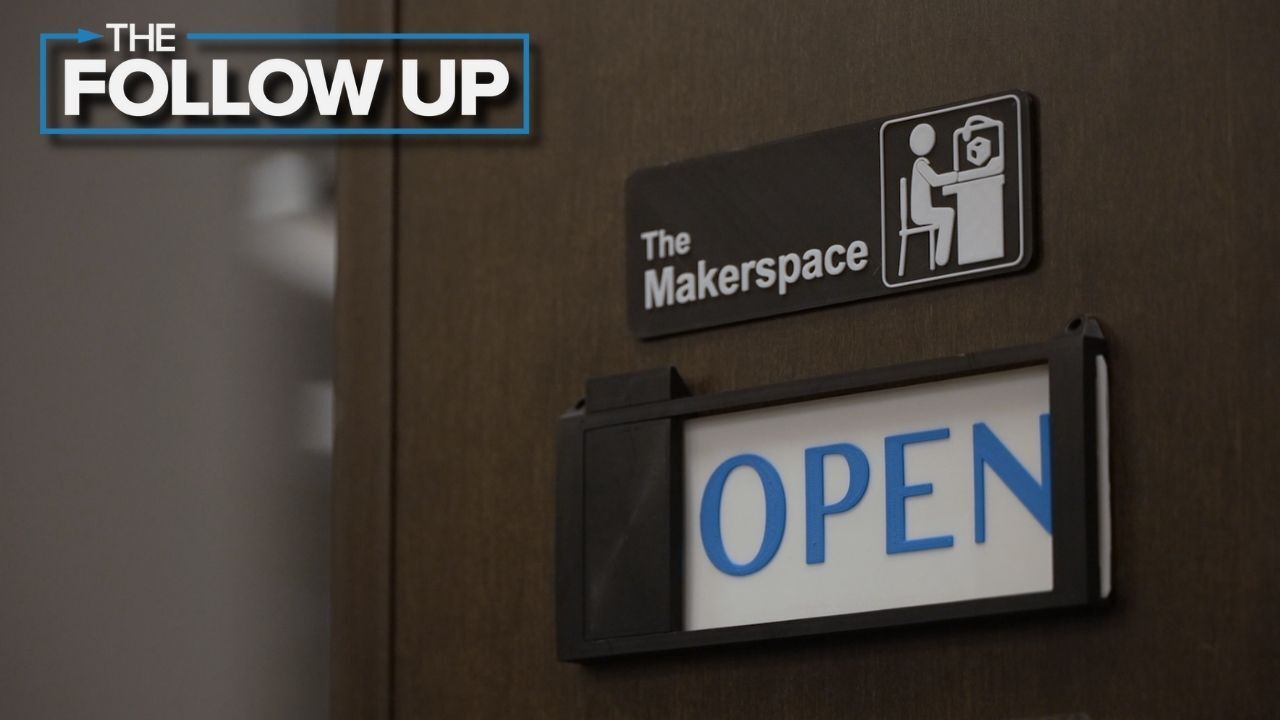## Level Up Healing: How Games Are Changing the Game in Pediatric Care
Imagine a hospital room where the IV drip soundtrack is replaced by epic orchestral scores, and the sterile white walls fade into vibrant, fantastical landscapes. This isn’t a scene from a futuristic sci-fi flick, it’s the reality at Children’s Hospital Colorado, where gaming technology is transforming pediatric care.

Beyond the Game: Fostering Creativity and Skills
The Gaming Tech Department as a Creative Hub

The Gaming Tech Department at Children’s Hospital Colorado is more than just a space for entertainment; it’s a vibrant hub of creativity and innovation. Equipped with cutting-edge technology like 3D printers, video game consoles, and even a music studio, the department fosters a playful and inspiring environment for young patients. This unique space encourages exploration, imagination, and hands-on learning, allowing children to engage with technology in a fun and meaningful way.
Austin Harvey, a gaming specialist in the department, emphasizes the immediate appeal the 3D printers have on young visitors. “When kids come in, they are almost immediately drawn to the printers. They look cool,” he says. “They do love just watching how it’s built.” The process of seeing a digital design come to life as a physical object sparks curiosity and wonder, igniting a passion for design and engineering in young minds.

Gaming as a Learning Tool
Beyond its creative appeal, the Gaming Tech Department utilizes gaming technology to teach children fundamental engineering skills. The hands-on experience with 3D printers, programming tools, and game design software allows children to learn by doing, fostering a deeper understanding of complex concepts.
Kevin MacFarlane, another gaming and technology specialist, highlights the educational value of these tools. “We can teach kiddos basic engineering skills,” he explains. “They learn about design, problem-solving, and the process of bringing an idea to life.” This exposure to STEM principles can spark an interest in these fields, potentially inspiring future careers in technology, engineering, and design.

Bridging the Gap: Therapy Meets Entertainment
Redefining the Hospital Experience
The Gaming Tech Department at Children’s Hospital Colorado has revolutionized the traditional hospital experience for young patients. By integrating gaming technology into therapy and creating a fun and engaging environment, the department helps children cope with the stress and anxiety associated with illness and medical treatment.
Abe Homer, the gaming technology supervisor, emphasizes the department’s mission: “We wanted to create a space where kids could come in as a patient and leave as a designer, an engineer, an artist.” This transformative approach not only provides therapeutic benefits but also empowers children, fostering a sense of control and agency during a challenging time.
The Future of Gaming in Healthcare
The innovative work being done at Children’s Hospital Colorado is setting a new standard for pediatric care worldwide. The integration of gaming technology into healthcare is rapidly gaining traction, with hospitals and medical institutions recognizing its potential to improve patient outcomes and enhance the overall healthcare experience.
Gamestanza has previously reported on the use of virtual reality (VR) as a non-pharmacological pain management tool at Children’s Hospital Colorado. VR experiences can effectively distract patients from discomfort, reducing the need for opioids and their associated side effects. This innovative approach has the potential to revolutionize pain management in pediatric care, offering a safe and effective alternative to traditional methods.
The department’s commitment to developing custom VR games for specific medical needs, such as physical therapy and mindfulness exercises, further highlights its dedication to pushing the boundaries of healthcare innovation. This personalized approach ensures that the games are tailored to the individual needs of each patient, maximizing their therapeutic benefits.
Conclusion
So, there you have it – gaming isn’t just about entertainment anymore. At Children’s Hospital Colorado, it’s becoming a powerful tool to heal, engage, and empower young patients. Through immersive virtual reality experiences and interactive games, kids are facing their fears, managing pain, and learning crucial skills in a fun, relatable way. This innovative approach not only improves their physical well-being but also their mental and emotional state, fostering resilience and a sense of control during challenging times. The implications of this revolution in pediatric care are immense. Imagine a future where hospitals are less sterile and more engaging, where treatment becomes a collaborative adventure, and where the power of play transforms healthcare for children. This isn’t science fiction; it’s the reality we’re building today. As technology continues to advance, we can expect even more creative and effective applications of gaming in healthcare, paving the way for a brighter, healthier future for generations to come. The joystick, once solely a symbol of entertainment, is now a beacon of hope, guiding us towards a world where healing and play go hand in hand.
